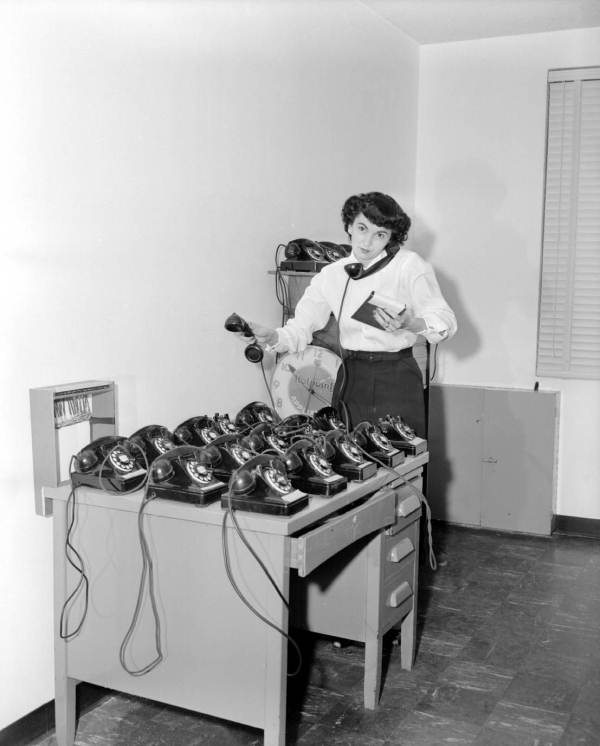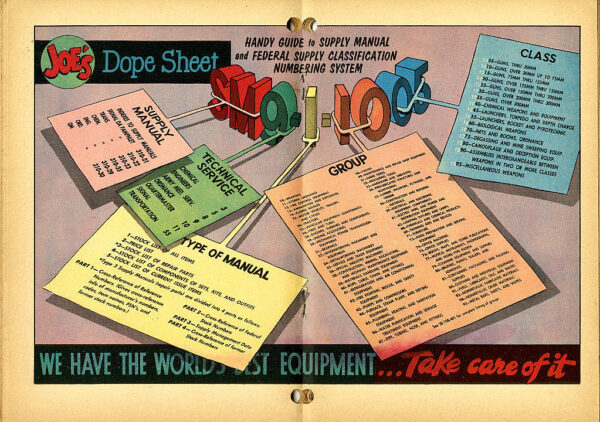I haven’t written a post like this in a while. The last one was in 2016. My work life got fractured, not entirely in a bad way, and harder to describe. I was speaking to a friend this week and mentioned working for the Flickr Foundation, a position I’ve held since 2023, and he asked “How many jobs do you have anyhow?” and I thought I’d spell them out. Both of my parents have died, both had IRAs so some of my income nowadays comes from that, but it’s not work. I made about 25K last year at my various jobs; I had the option to earn more and chose not to. My life is oddly simple in some ways. I was polishing my resume for no real reason except that it’s a new year and I’ve had work on my mind. Here’s an abridged version of the letter that I wrote to my friend about my life of work in 2024.
Continue reading “2024 in work and money”
Author: jessamyn
Wikipedia work in 2024
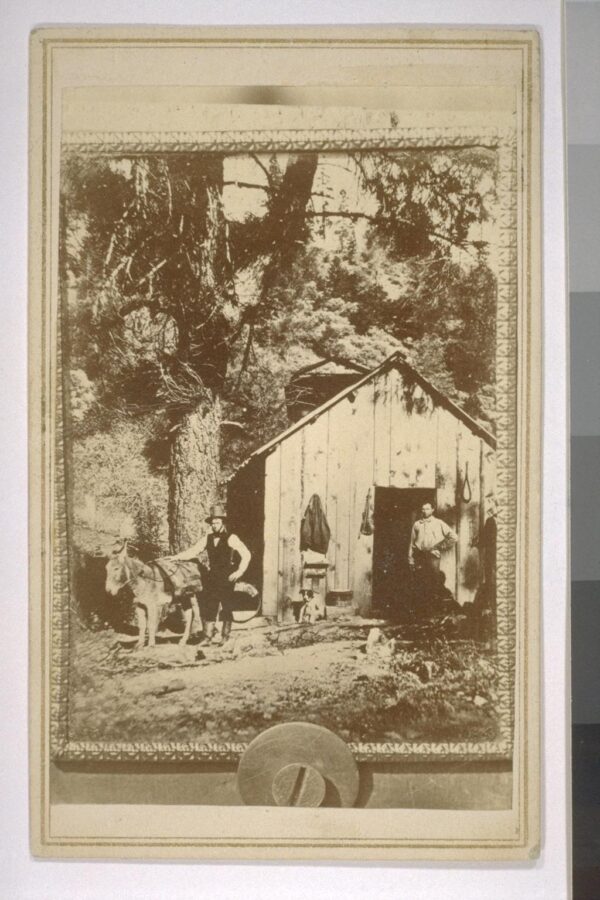
I do work on Wikipedia sometimes. Since I’ve been working for the Flickr Foundation, my life overlaps more with free content. Sometimes I try to combine work and play and add things to Wikimedia Commons, or to Wikipedia, or both. My username in the Wikipedia extended universe is Jessamyn, so it’s pretty easy to see what I’ve been up to. Here’s my wrap-up of 2024 Wikipedia stuff I did.
– Uploaded 81 images to Wikimedia Commons (see them)
– Uploaded 15 images to Wikipedia (usually for obits, or logos, cases where the image doesn’t have a free license, see them)
– Wrote 33 articles (see them)
– Made 755 edits.
It was a decent year. My absolute favorite thing from the year was finding this “selfie” of M. M. Hazeltine (above). Hazeltine was a photographer born in Vermont in 1827. He went out West to seek his fortune, came back to Vermont, learned photography, and went back out there. This image from the 1850s was taken when he and his brother were working a gold claim in California. It was in UC Berkeley’s special collections and I think I found it through Calisphere. One of the weird things about a lot of public domain images is that stock photography organizations tend to scoop up images that are publicly marked as public domain, put their watermarks all over them and try to sell them to people. This is legally allowed, but because of the way search engines work, it can be tough to find the original public domain images. Having those images on Wikipedia helps.
I’m aware that Wikipedia is imperfect. However, it’s a nice hobby for someone into free culture and photography, as I am. This year’s work didn’t feel like too much bored (or grumpy) editing and a lot more “Hey this neat thing should be in there” so here’s to more neat things going in there in 2025.
2024 reading list and commentary
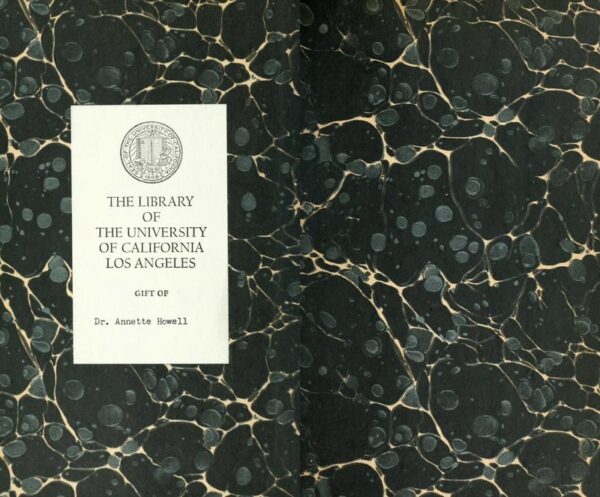
Here was the Mastodon thread of what I read last year and here’s my 2024 booklist. This is the thread of the books I am reading this year. This was a slightly challenging year of navigating some health stuff (which has been working out well; nothing serious just getting some age-appropriate attention) which meant a LOT of reading. I didn’t mind it but I might have liked being out doing more other things. Most of the non-fiction I read was graphic novels (my library tends to like “graphic memoir” formats). I started 137 books and finished 135. I finally managed to read a majority of female and non-binary authors. I tried to get ChatGPT to tell me how many pages I’d read in 2024 and it could not, so I’ll just say it felt like a lot!
2024 in Libraries
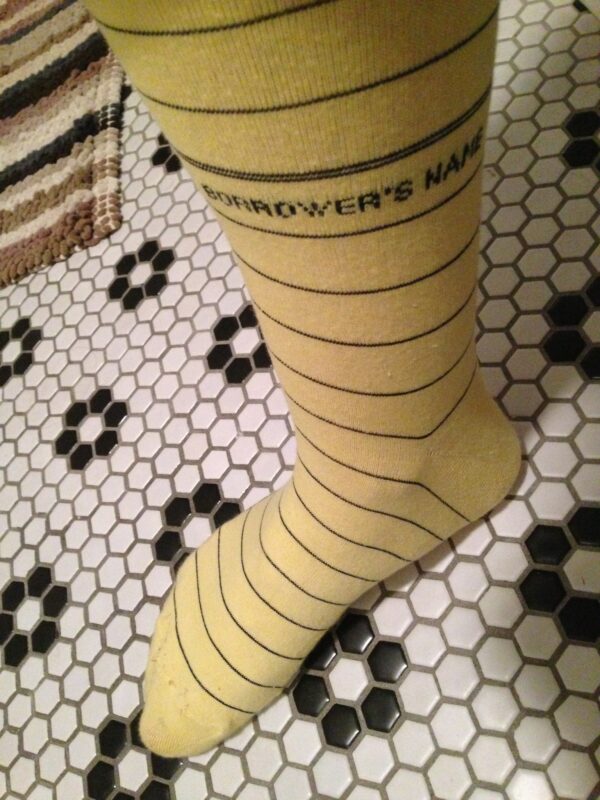
Totally a homebody this year; seventy library visits and most of them within a half mile of my house. I liked working at my library. I didn’t feel the need to go to other libraries with my free time. Amusing side note, I use Daytum to track my library visits and I have a display that show’s “this year’s” visits. However, I didn’t change the display over LAST year and somehow didn’t really notice (I mostly just add visits, don’t look at the pie chart). All fixed now!
- Kimball (67) – I worked here nearly every week and did a few sub shifts.
- Rochester (1) – I did one drop-in shift here just like last time.
- Kilton/Lebanon NH (1) – Parked here and took a hike out behind it, there are some neat trails.
- Hartness/Randolph (1) – I continue to think that I should go by this place more often, it’s such a nice library.
Previous years: 2023, 2022, 2021, 2020, 2019, 2018, 2017, 2016, 2015, 2014, 2013, 2012, 2011, 2010, 2009 and some reviews from 2003.
I have an ISSN
I got an ISSN for no real reason. Richard pointed out on Mastodon that you can get an ISSN for a blog as long as it’s not a personal blog. I have a personal blog and it’s not this one. So I got an ISSN for this, partly just to learn the process. It was very simple, just walking through some steps on an LOC website. I applied on November 24th and received my number today.
My ISSN is 3066-120X.
